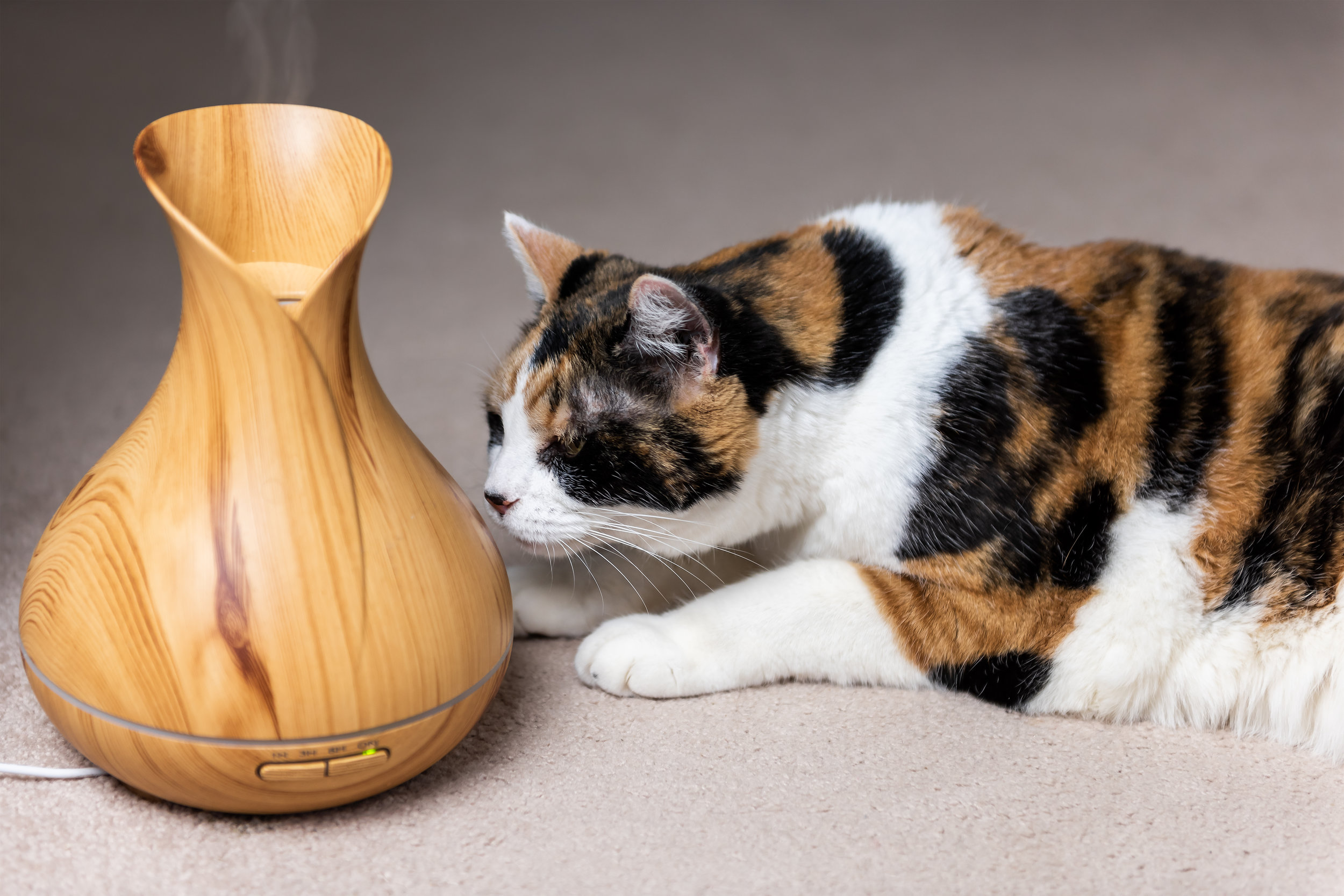Pet Safe Essential Oils
Essential oils are gaining in popularity and for good reason. As smart consumers replace chemical laden, over the counter products with natural solutions for their own health; they are often unsure how, or if, they can use these same products safely with their pets.
Be encouraged! The short answer is when used correctly, many essential oils are safe to use with your pets, and they can be very beneficial for their health. In order to use these oils safely, however, there are three things to consider: the quality of the oil, proper usage, and credible resources for additional information.
When seeking which oil to use, make sure that it is a certified pure and therapeutic grade, (CPTG®) with third party testing. Many companies state that their oils are pure, therapeutic and/or organic. Because oils are not regulated, it is important that you access the test results on every single batch of oil. Researchers are finding that many brands on the market are full of fillers, synthetic oils or even harmful contaminants and heavy metals. You do not want to apply such oils on your pets or your family.
Three ways to use essential oils with your pets are aromatically, topically and internally.
Aromatically is a safe way to introduce your pet to an oil. There are many different ways to do this, but the two most effective is to spray a diluted oil into the air or use a water-based diffuser, such as the Lumo® Diffuser. Always leave doors to other rooms open, so that an animal can leave the room if he chooses.
When directly applying oils to an animal always dilute the oil before applying it to your pet. Coconut oil is great for this purpose. Two ways to use oils topically would be; add a diluted drop or two between your hands and then pet the animal along the spine or massage the oil into the pads of the back paws. Always, be careful not to apply oils around the face, including the tips of the ears, especially if your dog has long ears as he could get the oils into the eyes.
I prefer to seek veterinarians that are familiar with essential oil usage when using oils internally. Oils used for internal use should be marked as safe for internal use on the label and can be mixed with wet food or in a capsule with the carrier oil.
Many veterinarians understand the health benefits of essential oils and are using them in their practice. Always let your vet know that you are using natural solutions and seek a vet that understands how to use essential oils or is willing to learn.
It is important to find credible information on using oils with your pets. Use books written by veterinarians that use and teach the proper and safe usage of oils. Find a local vet that is learning or is already utilizing oils in their practice.
Dr. Janet Roark is my favorite, long-distance resource for credible essential oil usage. She is a veterinarian who utilizes oils in her practice and just wrote an article, in doTERRA® 2019 Winter edition of the Living Magazine, entitled “TheTruth About Essential Oils and Pets.” She busts many of the myths that are associated with oilsand pets. You can purchase this or call me for a free copy.
Would you like to know the top 10 oils to use safely with your pets or which oils to stay away from, as well as all natural recipes? Attend or schedule one of my local classes on how to use essential oils safely and effectively with your pets. For more information go to www.LearningHealthandWellness.com or contact me at 901-250-2350 for more information.



